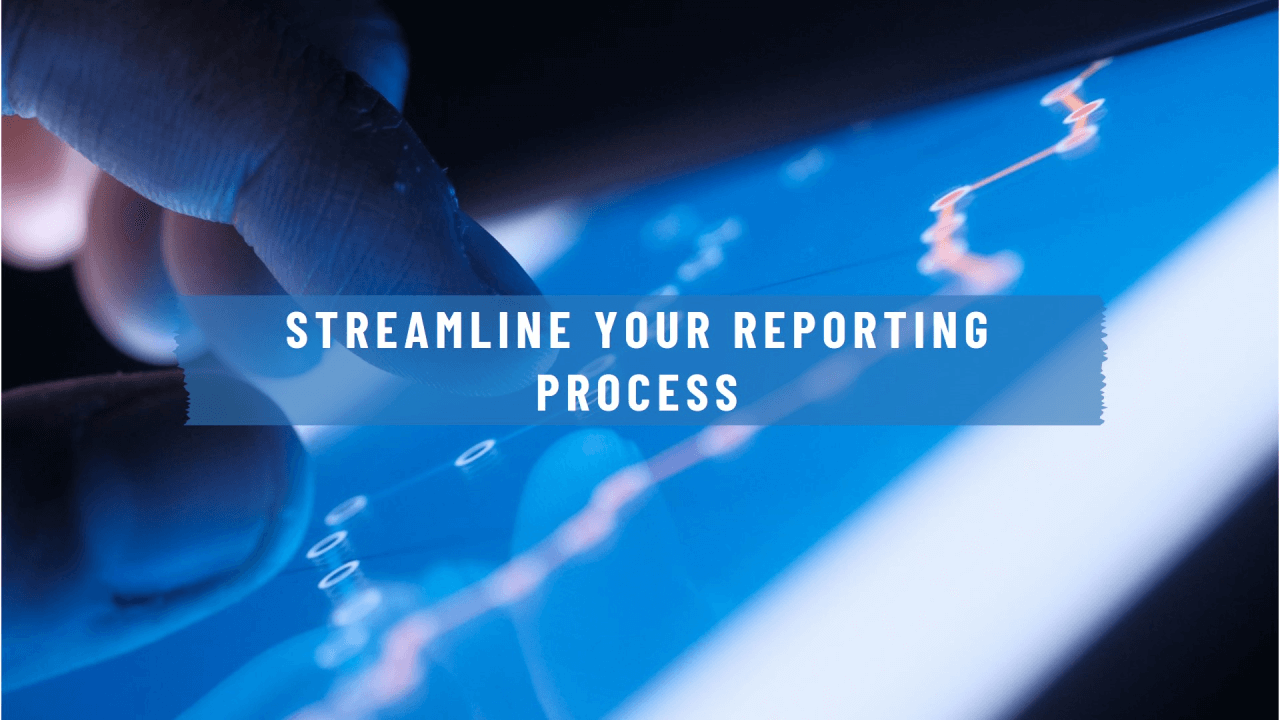Finance professionals know the drill: reporting cycles drag on for days, fueled by endless spreadsheets, late-night revisions, and the looming fear of errors. For most teams, this isn’t a one-off scramble—it’s a recurring grind that comes around like clockwork. But what if reporting didn’t have to feel like an ultra-marathon? What if the same insights could be delivered in minutes, without sacrificing accuracy or quality?
That’s not just wishful thinking; it’s a shift that’s entirely possible with the right tools and approach. Let’s break down how you can transform your reporting process—freeing up time, eliminating errors, and letting your team focus on strategy instead of stress.
The Time Sink of Manual Reporting
Reporting is often seen as a necessary evil, something that has to be done but rarely done efficiently. The bottlenecks come from predictable places:
- Data Wrangling: Hours are spent pulling data from various systems, cleaning it up, and forcing it to fit into rigid templates.
- Manual Checks: To avoid embarrassing errors, every line gets triple-checked. The stakes are high, so the process drags.
- Reactive Processes: Each new reporting requirement feels like a fire drill, throwing teams into reactive mode instead of proactive planning.
The result? Finance teams end up working harder, not smarter, all while innovation stalls under the weight of repetitive tasks.
Reimagining the Reporting Process
The good news? It doesn’t have to be this way. Advances in automation, customization, and workflow design make it possible to reimagine the reporting process entirely. Here’s how:
1. Automation as Your New Best Friend
Think about all the repetitive tasks that go into reporting: data aggregation, formatting, and validation. These are prime candidates for automation. Tools now exist that can handle these steps seamlessly, reducing your reporting prep time by as much as 70%.
Automation doesn’t just save time—it reduces errors. By removing manual data entry and ensuring consistency across every report, you can deliver insights your team can trust without burning the midnight oil.
2. Customization for Real-World Needs
One-size-fits-all reporting tools often force teams to bend over backward to make them work. A better solution is customization: tools that adapt to your specific data, workflows, and reporting needs. Whether it’s a specific KPI dashboard or tailored financial summaries, customization ensures that every report is ready to go, exactly the way you need it.
3. Real-Time Collaboration
Reporting shouldn’t feel like a solo sport. With the right systems in place, teams can collaborate in real time, working from a single source of truth. This eliminates bottlenecks and ensures that everyone—from analysts to CFOs—is on the same page.
4. Integration Over Isolation
The best reporting processes don’t operate in a silo. They integrate seamlessly with existing tools and workflows, allowing for real-time data updates and cross-functional alignment. When data flows freely, insights come faster.
The ROI of Faster Reporting
What does this transformation look like in practice? Companies that embrace smarter reporting processes see real, measurable benefits:
- Faster Insights: Monthly reporting cycles shrink from weeks to days, or even hours.
- Increased Productivity: Teams can reallocate time from manual tasks to high-value activities like forecasting and strategic analysis.
- Reduced Errors: Built-in validation and automation ensure accuracy, giving leaders confidence in the numbers.
- Better Morale: When the grind disappears, teams have the bandwidth to innovate and thrive.
Beyond Numbers: A Strategic Advantage
Transforming your reporting process isn’t just about saving time. It’s about enabling your team to work at their full potential, creating space for strategy, innovation, and growth. In today’s fast-paced business environment, agility matters. The ability to deliver insights on demand can make the difference between reacting to change and leading it.
Final Thoughts
The days of slow, error-prone reporting processes are numbered. With the right tools and mindset, finance teams can move beyond the grind and focus on what really matters: driving the business forward. So, ask yourself: is your current reporting process helping your team succeed, or holding them back?
If it’s the latter, it’s time to rethink, retool, and reimagine what’s possible. Because in a world where insights drive decisions, speed and accuracy aren’t just nice to have—they’re essential.

